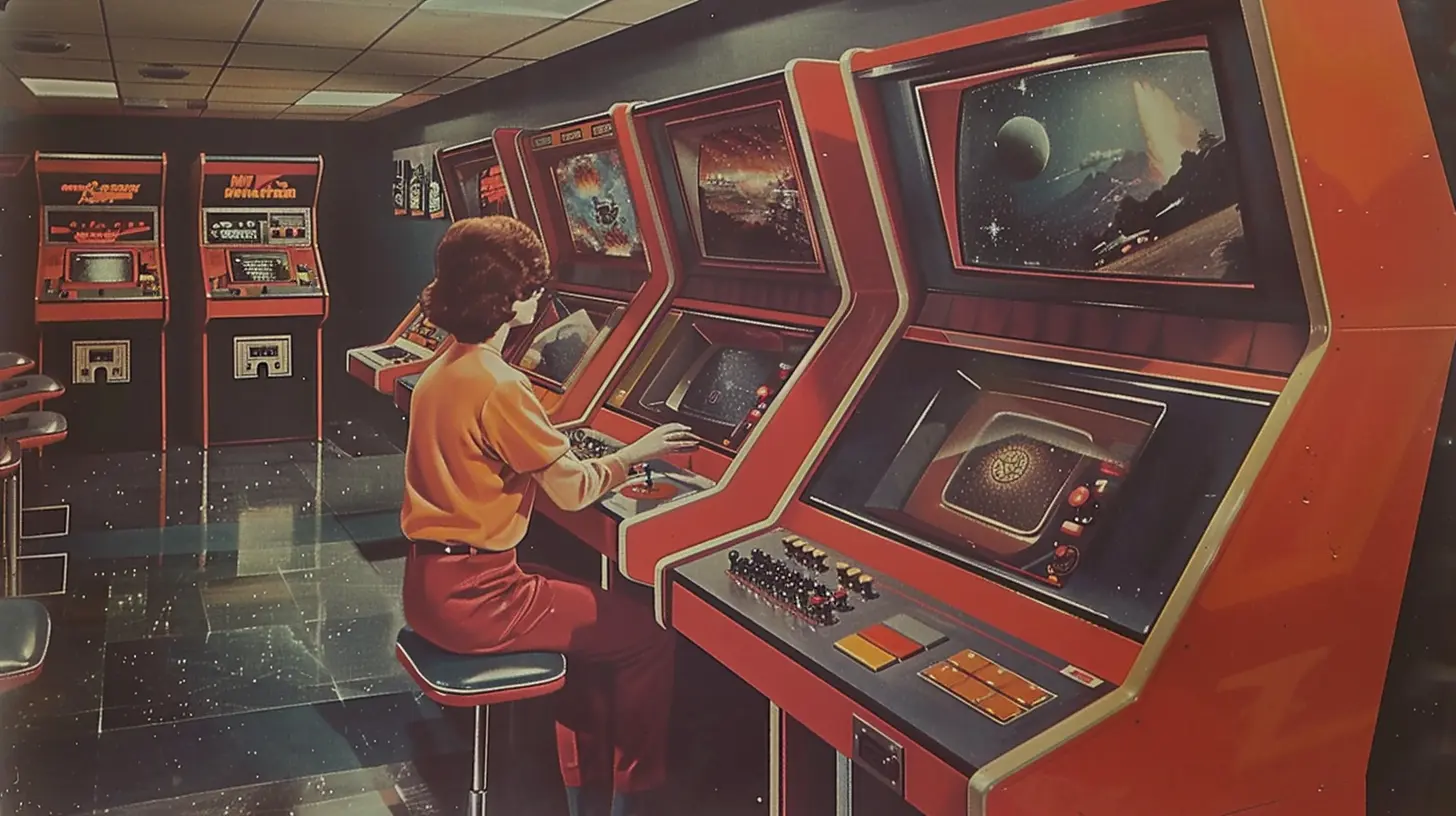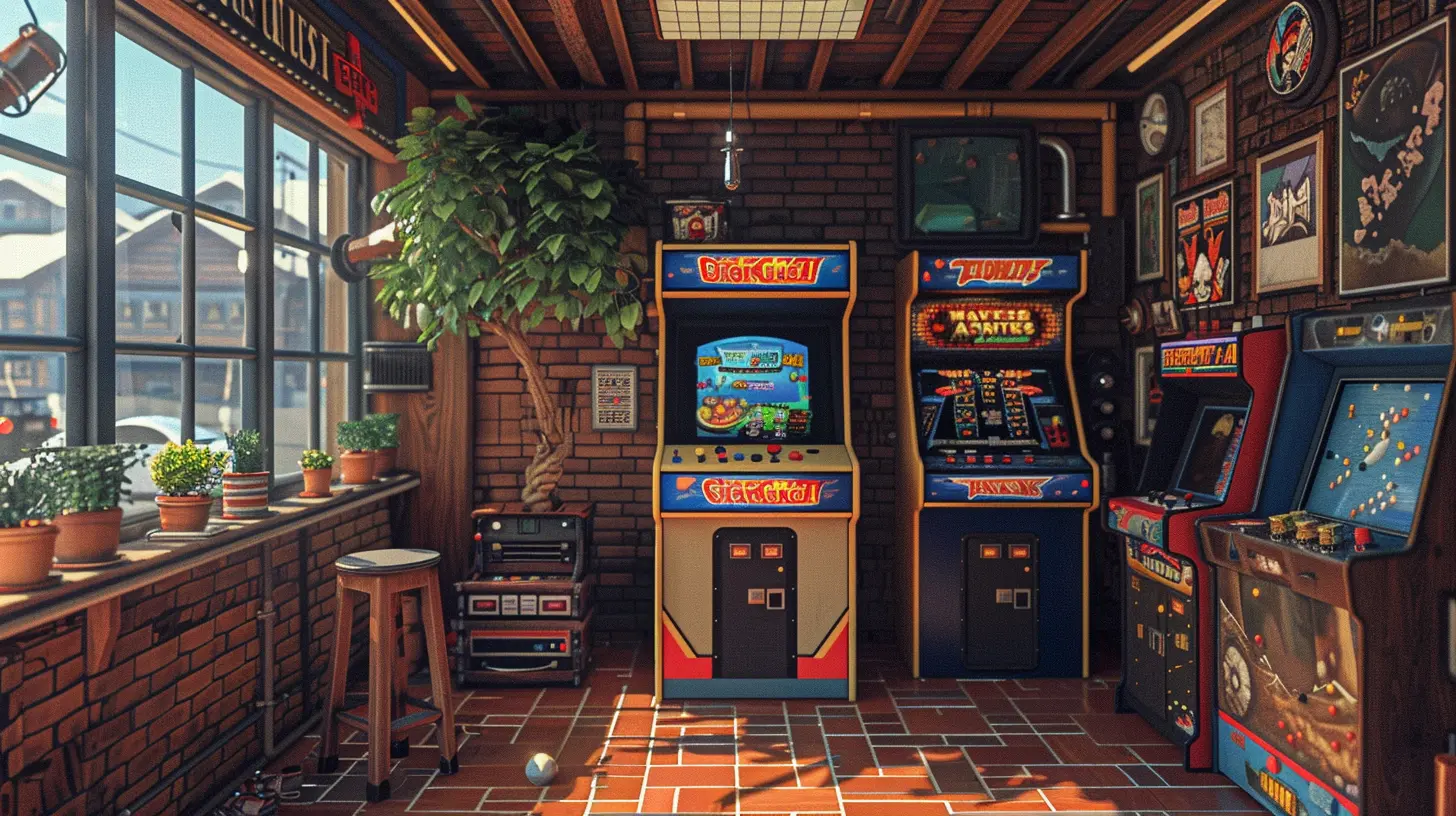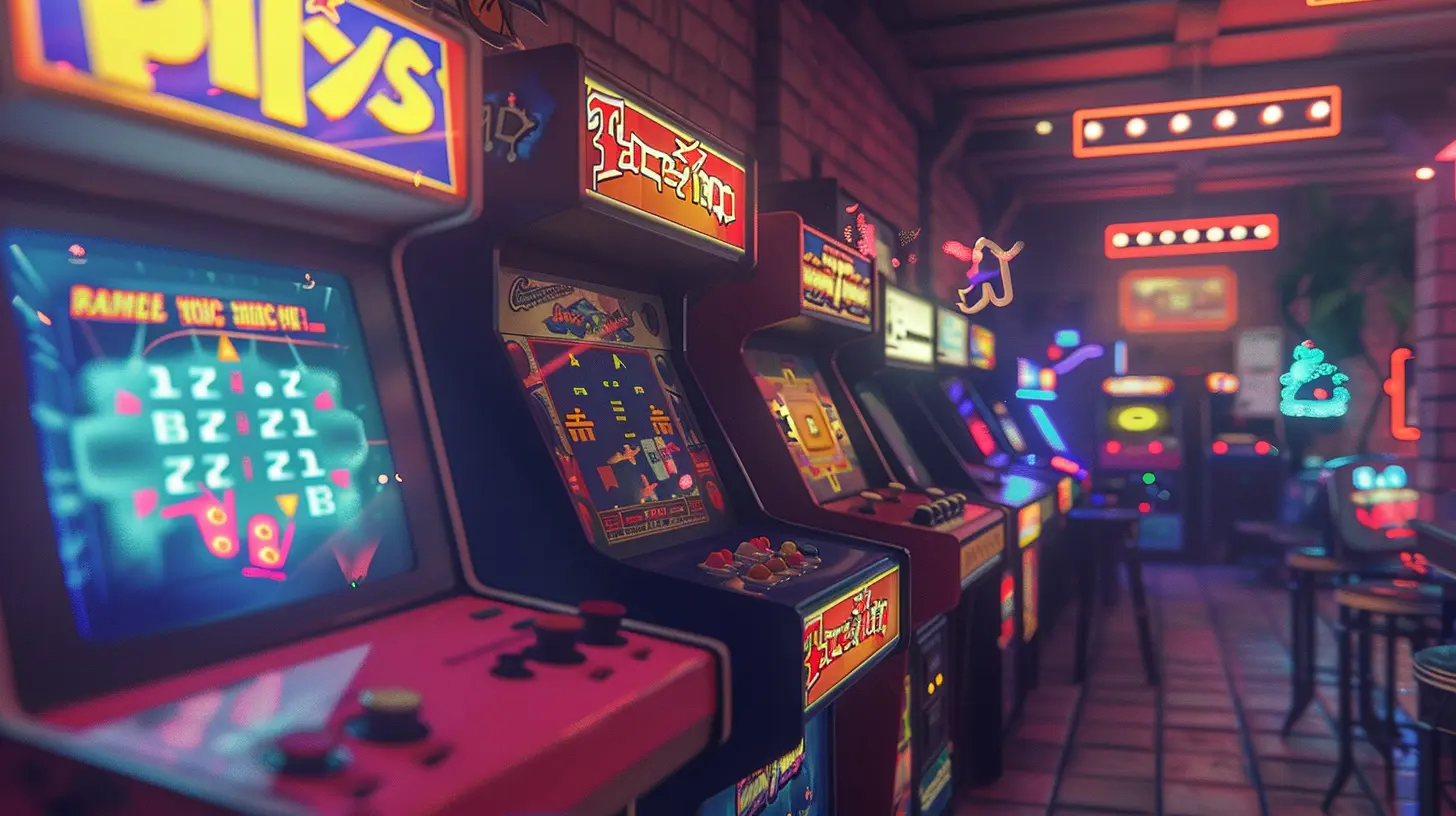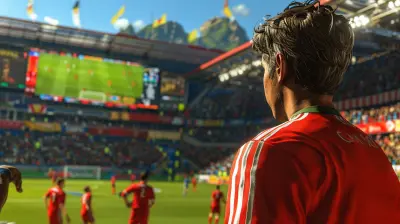When Games Were Simple but Addictive: A Look at Early Arcade Classics
19 October 2025
You ever have those moments when you’re stuck in a nostalgia loop, thinking about how things used to be? Yeah, us too. Especially when it comes to video games. Sometimes, all it takes is hearing the blip of a pixel or the sound of coins clinking into a dusty arcade machine to take you straight back to the '80s and '90s. Back then, games didn't need fancy graphics, complicated mechanics, or hundred-hour storylines. They were simple. They were addictive. And they were downright unforgettable.
Let’s take a joyride down memory lane and revisit the golden era of arcade classics—when games were more about twitchy reflexes, high scores, and that one more try mindset.
The Magic of Simplicity
You know what’s wild? Some of the most iconic games in history were built with just a handful of pixels and a looping soundtrack. And yet, they were pure magic.Take Pong, for example. It was literally two paddles and a square ball. That’s it. No plot. No characters. But once you picked up that joystick and started bouncing that pixel back and forth, you were hooked.
What made those early arcade games so mesmerizing was the beauty of minimalism. Without the clutter of story modes and flashy graphics, every ounce of your attention went directly into the gameplay. And let me tell you—those games were TOUGH.
Skill Over Story
Modern games are like epic novels—rich, layered, and a bit overwhelming. But arcade classics? They were more like short stories with attitude. You walked in, dropped a quarter, and boom—you were in.There was no tutorial. No hand-holding. You figured it out. Fast. Or not at all.
Games like Donkey Kong, Galaga, and Frogger demanded raw skill. Progress didn’t come from grinding levels—it came from leveling up your reflexes. Every time you died (and you would, a lot), you’d think: “Okay, just one more try. I’ve got this.”
See? Addictive.
Quarter-Crunching Goodness
Let’s be real. Part of what made arcade games so addictive wasn’t just the gameplay—it was the stakes. You only had so many quarters in your pocket, and once they were gone, your game time was over.That ticking clock of limited funds gave every run a sense of urgency. You didn’t have the luxury of saving your game and coming back later. It was do or die. Literally.
Remember the thrill of getting your initials on the leaderboard? That was the original bragging rights. No trophies or achievements here—just raw skill and three little letters for the world to see.
The Social Magic of Arcades
Back then, gaming was a community vibe. You didn’t just play to beat the game—you played to beat the person standing next to you. Arcades were loud, packed, and buzzing with energy. People gathered around machines like they were bonfires.There was something electric about watching someone blaze through levels of Pac-Man or pull off an insane combo in Street Fighter II. Strangers cheered. Rivalries were born. And let’s be honest—we all secretly hoped someone would challenge us to see just how good we really were.
Unlike today’s online lobbies, where your opponent could be halfway across the planet, arcade battles had grit. They had eye contact. They had sweaty palms and high-fives.
The Birth of Iconic Characters
Even though early arcade games weren’t heavy on storytelling, they still gave us some of the most legendary characters in gaming history.Think about it. Would Mario be the icon he is today if he hadn’t first appeared as “Jumpman” in Donkey Kong? What about Pac-Man—the little yellow circle that could eat ghosts and turn the world upside down?
These characters didn’t need backstories or cinematic cutscenes. They left their mark through gameplay alone. That’s powerful.
It's kinda like how a great song doesn’t need to explain itself—you just feel it. Same goes for early arcade heroes.
Games That Defined A Generation
Let’s name-drop a few classics that probably chewed through your allowance:1. Pac-Man (1980)
Simple premise: eat pellets, avoid ghosts. But man, the pressure when Blinky was on your tail? Heart-racing. This game was a masterclass in pattern recognition and quick thinking.2. Space Invaders (1978)
An alien army marching closer, and you're the last line of defense. Talk about anxiety in pixel form. Yet people played it endlessly, chasing high scores and defending Earth one laser shot at a time.3. Donkey Kong (1981)
Climbing platforms, dodging barrels, and saving the damsel in distress. It was chaotic, charming, and introduced us to everyone’s favorite plumber.4. Galaga (1981)
A space shooter with addictive intensity. Perfectly timed dodges, quick-fire action, and the sweet satisfaction of rescuing your captured fighter. Pure arcade bliss.5. Frogger (1981)
Crossing traffic and navigating rivers? Stressful, right? But also weirdly fun. It made road safety look cool… somehow.Each of these games followed a simple formula, but the dopamine rush they delivered? Still unmatched.
Why Simplicity Worked (And Still Works)
So what made these games so timeless? Two words: instant gratification.There was no waiting, no downloading, no patching. You put in a coin, and you were playing in seconds. The objective? Clearly defined. The rules? Easy to grasp, hard to master. That combination hits the sweet spot in the human brain for challenge and reward.
Plus, these games never pretended to be more than they were. They didn’t waste your time. They respected it.
And ironically, in today’s world of 100-hour open-world games and massive downloads... a short, punchy game sounds kinda awesome, doesn’t it?
The Comeback of Retro
Here’s the twist in this whole story: retro gaming is making a massive comeback. Why? Because people crave that simplicity again.Modern gamers, burned out from endless updates and bloated AAA titles, are rediscovering the joy of pick-up-and-play. Whether it’s through emulators, mini retro consoles, or old-school arcades popping up around cities, the classics are breathing again.
Even indie developers are taking notes—designing games with pixel art and tight mechanics that echo the golden age. Think Celeste, Shovel Knight, or Streets of Rage 4. These titles feel fresh, but they carry the DNA of those early pioneers.
Lessons Modern Gamers Can Learn from the Arcade Era
Gaming has evolved, sure. But there are a few timeless lessons we can still carry with us from those coin-op days:- Mastery feels better than progression. Earning improvement through practice hits harder than leveling up through grinding.
- Less is more. A good idea well-executed beats a thousand half-baked features.
- Games should be fun first. Before the narrative, before the world-building—if it’s not fun to play, what’s the point?
- Community matters. High scores, shared screens, and friendly rivalry made games personal. Let’s bring that back.
Wrapping It Up – A Love Letter to the Classics
There’s something beautifully raw about early arcade games. They weren’t perfect, but they didn’t need to be. They were honest, exciting, and—most of all—fun.In a time when our attention's pulled in a million directions, maybe going back to the basics is just what we need. Whether it’s for a hit of nostalgia or a reminder of just how far we’ve come, those early games still hold up in all the best ways.
So next time you see an old arcade cabinet tucked in the corner of a diner or at your local barcade, drop in a quarter. Let your inner kid take over for a bit. And remember a time when games were simple... but oh-so addictive.
all images in this post were generated using AI tools
Category:
Retro GamesAuthor:

Madeleine McCaffrey
Discussion
rate this article
1 comments
Sarina Morrow
Ah, the nostalgia! Early arcade games had a charm that made them so addictive. Simple mechanics, endless fun!
October 19, 2025 at 2:40 AM

Madeleine McCaffrey
Absolutely! Early arcade games mastered simplicity, creating an irresistible charm that keeps us hooked even today.


